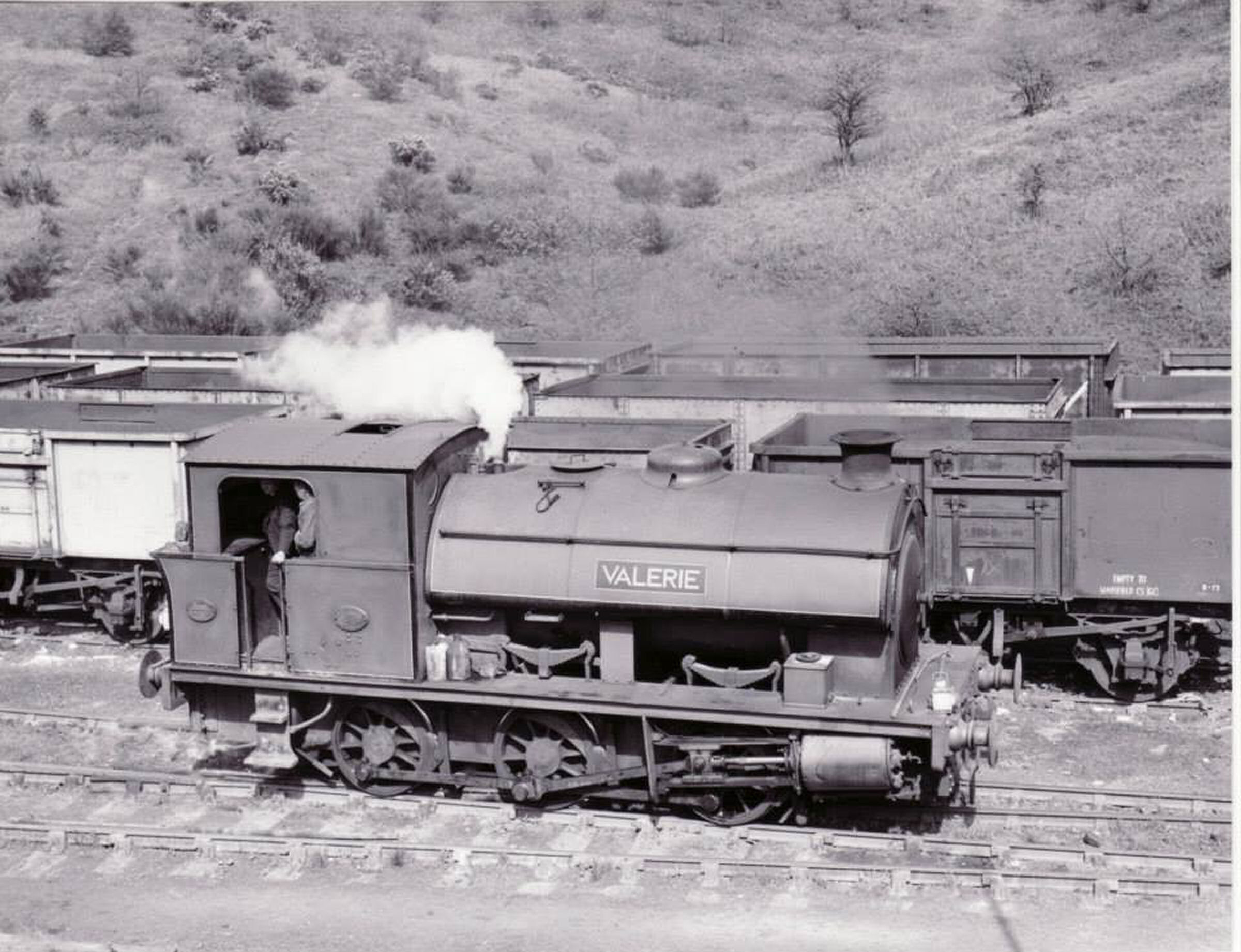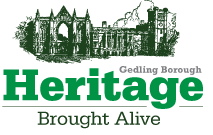Coal Mining & Railways
Coal Mining In the 19th century the discovery of deeply buried coal transformed employment and living standards in the borough.
Five large coal mines once existed within the Borough of Gedling. They employed thousands of people. Several housing estates were built for the miner’s families.
Trains would carry the coal from the local pit (coal mine) to power stations and distribution yards where lorries would then deliver it to homes for domestic fires and factories to create steam to run machinery, produce gas or generate electricity.
Before the coal mines came, there were flat fields but the waste materials from the mines created “spoil heaps”, which became large hills; thus, changing our landscape forever. Today those hills are grassed over, and they blend into the countryside. See if you can spot an old “spoil heap” as you travel around Gedling! The five deep shaft coal mines sunk within the borough of Gedling were:

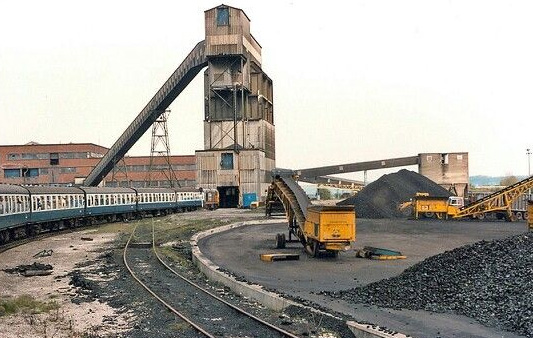
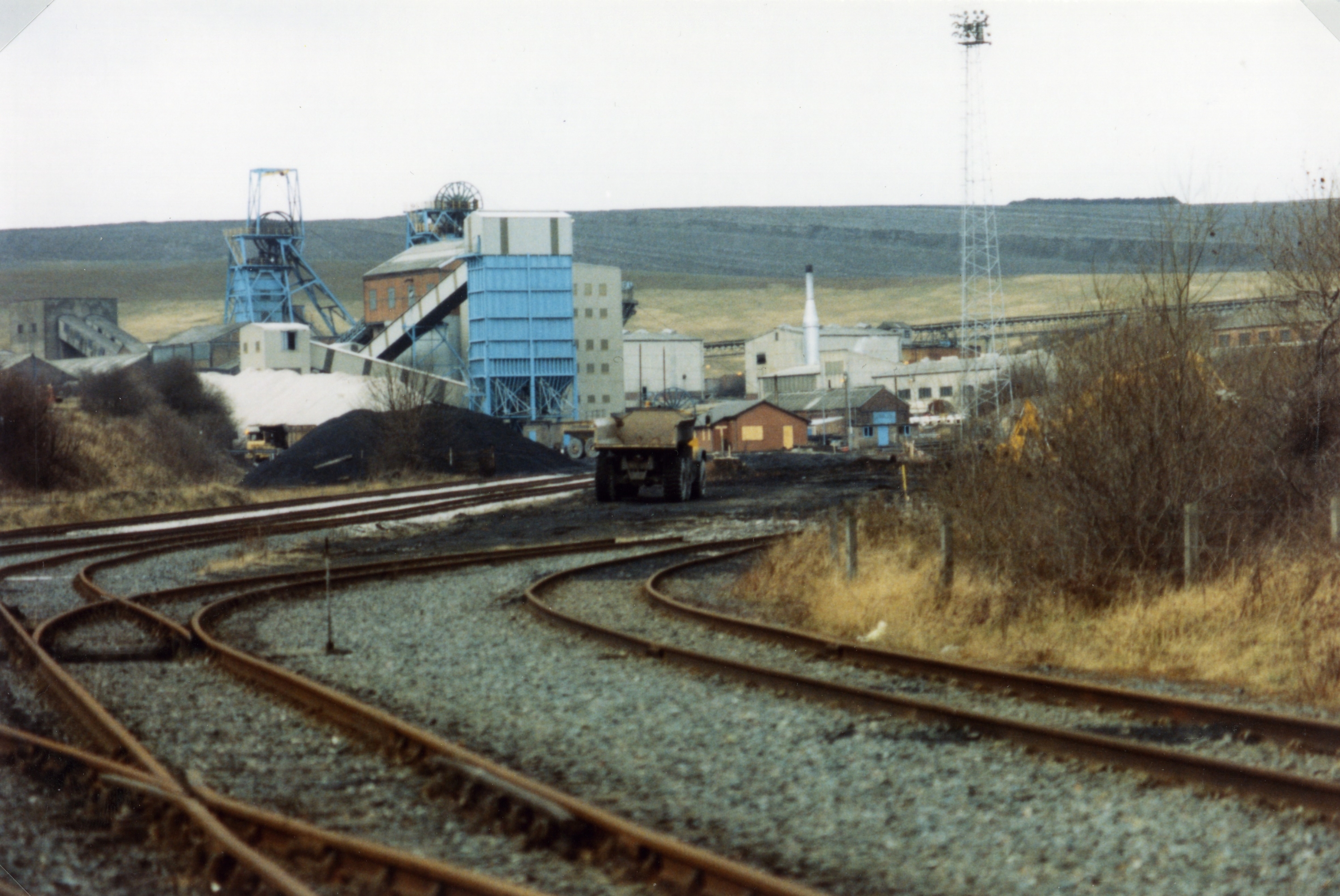
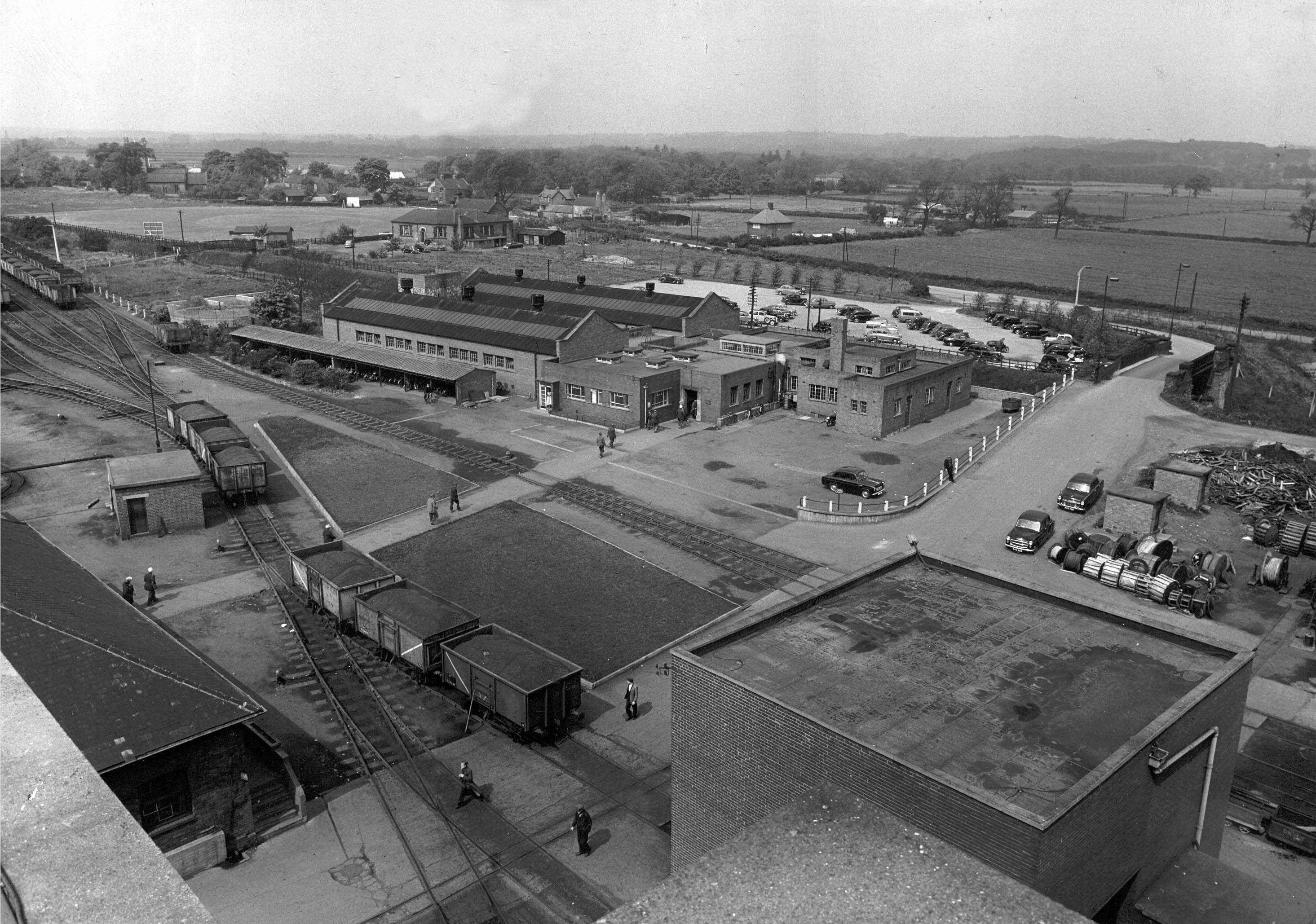

Railways
Railways were essential to the success of the modern coal mine and expanding population. By the time the mines were being sunk in the borough, the rail system was rapidly developing. This meant that only relatively short additional branch lines directly into the collieries were needed to get the coal moved around the country. These lines were used for both freight and passenger services. Click here for further information.
Apart from the rail system, one of the country’s largest marshalling yards was established within the borough, known as either Colwick or Netherfield Marshalling Yards. Click here for further information.
